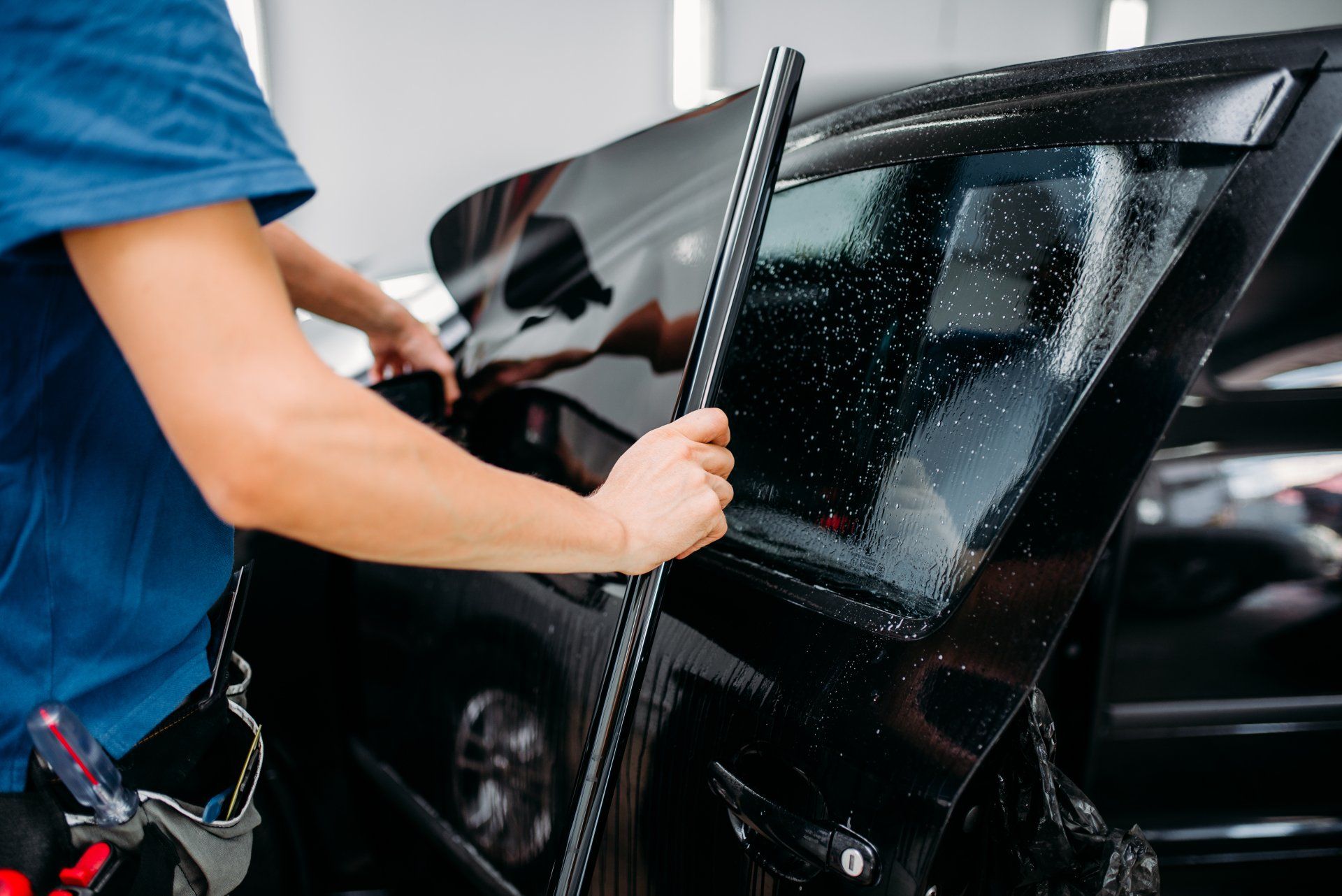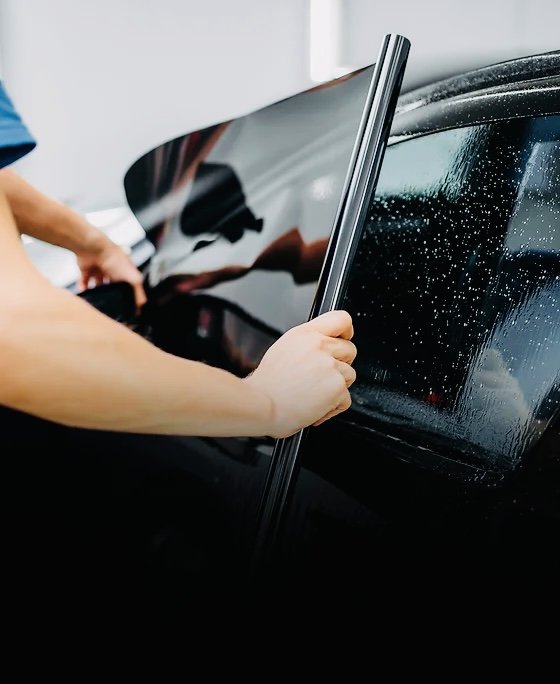The Advantages of Choosing Window Tinting Folsom for Your Building
Your Comprehensive Guide to DIY Window Tinting: Advice
Carrying out a DIY home window tinting project offers a chance to enhance both the capability and looks of your room. Before beginning on this endeavor, it is critical to navigate the complexities of local tinting regulations and choose an ideal film that aligns with your purposes.
Recognizing Home Window Tinting Laws
Browsing the detailed landscape of home window tinting laws is necessary for any type of DIY enthusiast seeking to boost their automobile's aesthetics and comfort. Each state in the united state has specific laws relating to the allowed levels of tint on different windows, which can substantially influence your decision-making procedure.
Usually, these regulations determine the optimum allowable Noticeable Light Transmission (VLT) percent, which describes the quantity of light that can travel through the tinted windows. For example, some states permit only a specific portion of color on the front windshield, while enabling darker tones on back windows. Compliance with these laws is vital, as failing to adhere can result in penalties or the need to eliminate the color completely.
Additionally, there are commonly distinctions in between guest lorries and business vehicles, with various policies applying to each group. It's recommended to consult your neighborhood Division of Motor Automobiles or equal authority to gather specific information customized to your area. Recognizing these laws not just ensures legal conformity yet likewise boosts security by maintaining exposure and avoiding potential threats while driving.

Picking the Right Tint Movie
Selecting the appropriate tint movie is an important action in the do it yourself home window tinting procedure, as it directly influences both the look and capability of your automobile's windows. Several variables should guide your option, consisting of the sort of film, its legal compliance, and your preferred outcomes.
First, consider the different types of tint films available: dyed, metalized, ceramic, and crossbreed. Metalized movies provide improved heat rejection and resilience yet can conflict with digital signals.
Next, ensure that the film follows neighborhood regulations worrying visible light transmission (VLT) portions. Conformity with these regulations is vital to avoid penalties and make sure safety and security.
Crucial Devices for Do It Yourself Tinting
Having chosen the right tint movie for your windows, the next step includes gathering the necessary tools to make certain an effective installment. The primary devices you will certainly need consist of an energy knife or a razor blade, which is crucial for cutting the color movie to the preferred dimension. A squeegee is also essential, as it helps get rid of air bubbles and ravel the film during application.
Along with these main tools, a spray container loaded with soapy water will help in developing a workable surface area for the tint movie, permitting modifications before it adheres permanently. A gauging tape guarantees accurate measurements for reducing the movie properly, while a soft fabric or lint-free towel is essential for cleaning the glass surface before application.
Additionally, consider making use of a warmth weapon or hairdryer, as this can aid mold and mildew the color film to the shapes of the Read Full Report window and assist in adherence. Lastly, handwear covers are advisable to prevent fingerprints on the film throughout setup. By gathering these essential tools, you will be well-prepared to tackle your DIY window tinting task successfully.
Step-by-Step Application Process
Begin by thoroughly cleansing the home window surface to make sure ideal adhesion of the color film. Use a glass cleaner and a lint-free cloth to remove any dirt, dirt, or oil. As soon as the window is tidy, gauge the tint movie against the window, enabling a minor overlap on all sides. Cut the film as necessary with a sharp energy knife for an accurate fit.
Following, prepare a remedy of water and a few declines of baby hair shampoo in a spray bottle. Lightly spray the home window surface area and the glue side of the movie. This service will enable repositioning during application. Thoroughly straighten the movie with the top of the home window, guaranteeing it is directly. Press the movie versus the glass, starting from the center and working exterior to eliminate air bubbles. Use a squeegee to smooth the film, using firm, also stress.
Trim any type of excess film from the edges with your energy blade. Enable the tint to treat for at the very least 24 hours without rolling down the home windows. This step is vital for ensuring a lasting application. Adhere to these actions faithfully for optimal results in your DIY window tinting task.
Maintenance and Treatment Tips
Correct maintenance and care of your home window color is important to ensure its durability and performance. To begin with, stay clear of using abrasive cleansers or harsh products when cleaning up tinted windows. Instead, decide for a mild, ammonia-free cleaner and her explanation a soft microfiber cloth to stop scrapes and peeling.
It's recommended to wait at the very least a week after installment before cleaning your home windows to enable the glue to fully heal. Throughout this preliminary duration, prevent rolling down the windows to stop any type of damage to the color.
Normal upkeep involves checking the edges of the tint for any type of indications of bubbling or lifting (Window Tinting Folsom). If you observe any kind of problems, it's ideal to address them promptly to prevent further damage. Furthermore, beware with using home window treatments, such as shades or drapes, as they can generate heat that could compromise the color gradually

Verdict
To conclude, undertaking a do it yourself window tinting project necessitates careful consideration of regional laws, choice of check this proper tint films, and the use of crucial tools. An organized application process makes sure optimal results, while routine maintenance adds to the long life of the color. By adhering to these standards, people can accomplish both visual enhancement and boosted personal privacy in their spaces, making DIY window tinting a valuable venture.